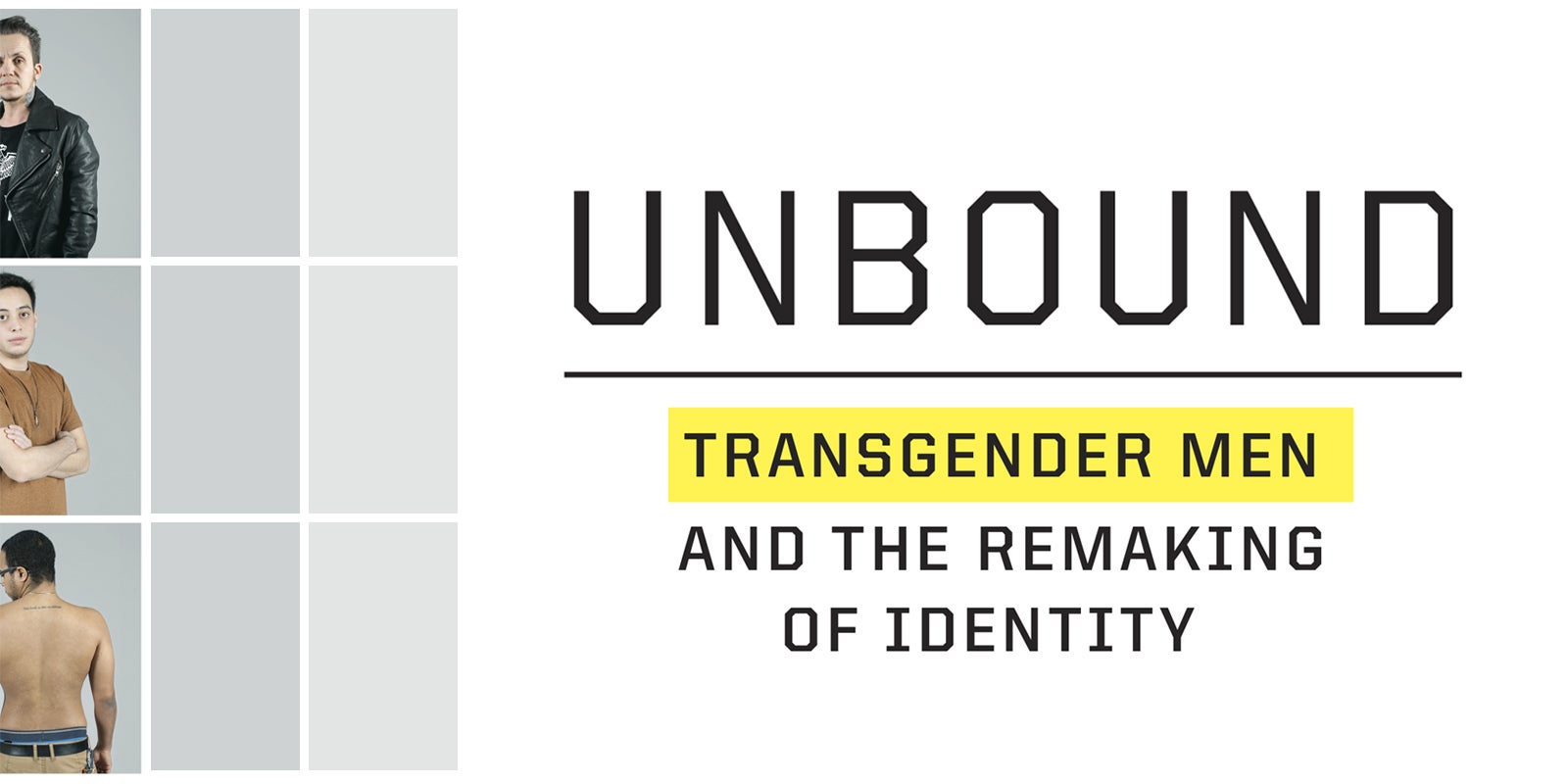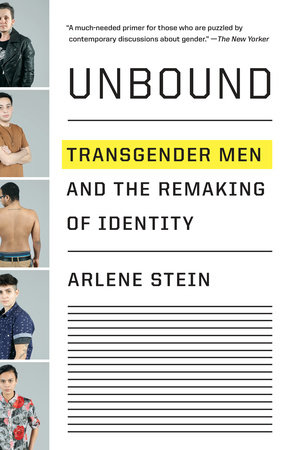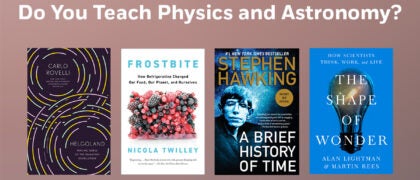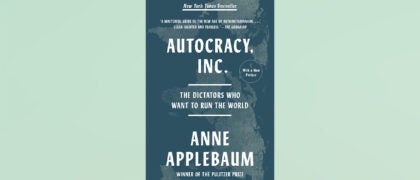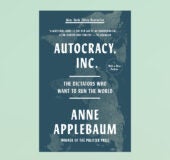According to an analysis by the Williams Institute in June 2022, over 1.6 million adults (ages 18 and older) and youth (ages 13 to 17) identify as transgender in the United States. Sociologist Arlene Stein spent a year following the lives of four transgender young adults, capturing their experiences as they transitioned from their assigned gender.
In the following excerpt from Unbound, Stein introduces Parker, a twenty-four-year-old software sales manager from Austin, Texas, and shares the story behind his decision to transition.
Before Parker was Parker, he was Kate—Katherine Allison, to be precise—a navy brat who spent his early years in Virginia Beach, Virginia, and then Maryland, and Mississippi, until the family moved to Texas. Dad was a navy chief, and his mom was a homemaker. Kate was outgoing and loud, loved being the center of attention, and was boyish. When he was three he told his mother he wished he had been born a boy. Kate hated wearing dresses, liked “looking all strong,” and fought with his mother, a devout Catholic, who tried to get him to act more girly. His mother exerted pressure on him to wear dresses, particularly on Easter. “Oh, look at all the other daughters wearing their dresses; they look so pretty,” his mom would say. “Why can’t my daughter wear a dress too?” But since Kate had a “pretty loud mouth,” he prevailed, and the family tolerated Kate’s tomboyishness, more or less.
Parker says he remembers “constantly having to search to find strong female representation around me. It felt like a fight to be seen and valued.” Masculinity, in contrast, signified freedom: riding ponies and playing rough as a kid, and being able to be brash, opinionated, and eventually a ladies’ man. Parker never identified with his father’s navy-officer masculinity, the straightlaced, stoic military man, he says. As he got older, Parker began to figure out his own relationship to categories of gender. He wasn’t a male, at least in the conventional sense, so who was he?
Parker’s early desire to be a boy resurfaced right before puberty was about to hit. He could “feel this tidal wave coming.” His androgynous body was changing, developing breasts and curves. Sprouting hips was the worst part of it all, and he woke up each morning sad, depressed. He was attracted to girls—big-time. He “brought the gay” to high school in Corpus Christi, Texas, and was a role model to younger lesbians. And he busied himself trying to get with the girls. “Oh, who’s he going to turn this year?” everyone joked. When he moved to Austin in August of 2008, after high school, Parker was “in the prime of [his] lesbian high.” After having a “great high school career as a lesbian,” he imagined that he would go to college and “meet lots of women, have lots of sex.”
He began to fashion a sense of himself as a cool dude who never got riled up, a tough guy who knows the score, a ladies’ man who can show his vulnerability. He was into preening and selfies, referring to himself as a “gurl” on social media, posting photos of himself surrounded by super femmes, and boasting about drinking and getting stoned. He worked out a lot, had well-defined arms and “a good stomach,” and small breasts that weren’t all that noticeable. But still, for Parker, “being a lesbian didn’t seem to fit.” He wasn’t happy. Even when he was in a deep relationship, he didn’t feel whole. “I wasn’t coming to the table as myself.” Though he could appreciate all of his “amazing qualities”—he was outgoing, smart, funny, caring, charismatic—when he looked in the mirror, he “didn’t see his own soul,” he told me. He saw someone “faking it.”
“Masculinity, in contrast, signified freedom: riding ponies and playing rough as a kid, and being able to be brash, opinionated, and eventually a ladies’ man.”
At parties, even when he was having a great time, he tells me, “I’d go to the bathroom in the middle of the party, look in the mirror, and be disgusted with how I looked.” When he came out of the bathroom, everyone would ask: “What’s wrong? Your mood just changed.” And he didn’t know what to say. He couldn’t explain it to others; he couldn’t really explain it to himself either. He stuck up for women, loved his lesbian friends, and saw himself as a feminist. But he never felt like them. “I just saw myself as a heterosexual man, not like a lesbian,” he says. Being a lesbian afforded him the possibility of being a different kind of woman, but eventually, he says, he came to believe that he was “not female” at all. His gender was different from the one he was assigned at birth.
At St. Edwards, a Catholic liberal arts university, in a course called “Basic Christian Questions,” taught by Sister Angela, Parker first learned that there was such a thing as transgender. At the time, he associated being transgender exclusively with male-assigned individuals, and he had a strong adverse reaction to it: “It was not me.” Six months later, a close college friend came out as trans. It rocked Parker’s world. The friend stopped talking to him during that process. “We’ve been best friends as lesbians, and now you’re telling me you’re trans?” he recalls. “I was still in deep denial.” But knowing someone who identified as transgender made it okay for him to come out too: “The difference between seeing something on TV and seeing it in front of you.” He thought to himself: “Oh, shit, that’s really me. I’m queer as fuck. All right, that’s me.”
In January 2013, Parker, still known as Kate, posted “Some people ask me if I think I’m trans. Nope” next to a photo of a young butch dressed in T-shirt, baggy pants, leather jacket, and the caption: “I love being a girl. I really do. I love my body. But I also love to dress as a boy. I don’t usually feel very confident when I dress in feminine clothing. But when I dress more masculine, I feel so, so beautiful.” In retrospect, Parker says, it was a lie designed to cover up the fact that he thought that “being trans was weird.” He never actually loved his body at all. He felt an incredible void in his life. He says he started “messing with my body”—“overindulging” in sex, drugs, and alcohol because he was fearful about his future.
By this time he was working at a software start-up in Austin, Texas. His job made him feel powerful and competent. He worked long hours trying to prove himself to his bosses, and was respected and well liked. But despite Austin’s liberal hipness, it was a pretty gender-conservative place, and mainly heterosexual. He was the only out lesbian, let alone butch lesbian, who worked at the software company.
“Even when he was in a deep relationship, he didn’t feel whole. ‘I wasn’t coming to the table as myself.'”
About six months after he learned that there were transgender people and that one could change one’s body to align it with one’s gender, he began to identify with the label. That may seem like a short time to make such a momentous decision, but in the life of a twenty-year-old, it can feel like a long time, especially because he felt he’d been living a lie—he was “really” a guy. He searched online for a trans-friendly therapist, and after three sessions decided to work with her, and in the spring of 2014, after about five therapy sessions, he decided to transition. He always “kind of knew that [he was transgender] but didn’t want to say that out loud.” Going to therapy permitted him to admit it to himself: “Yeah, this is who you are.” The therapist said, “Well, you’re trans. You need to be comfortable saying ‘trans.’”
A friend who had planned to transition ended up deciding not to go “all the way”—for lack of money, and because of the stigma. They decided that being “genderqueer” was good enough and stopped after top surgery. But for Parker the choice was clear— which isn’t to say he didn’t experience guilt. “In fact,” he tells me, “I almost felt I was betraying my feminist roots and admitting that ‘yes, being a woman is less desirable.’ It felt like I was giving up the fight. I do not believe being a woman is less desirable as a whole, but for me personally, yes, it was.”
Around this time, Parker also began to date Darby, also in her early twenties, who worked at a rival software start-up. Darby had considered herself heterosexual but decided she wanted to try to date women. She had known Parker for a couple of years, after they met at a party. Parker told Darby that he was planning to transition. “I was like, ‘Cool, that’s awesome, do it,’ ” says Darby, but at the time she didn’t know very much about what it all meant. Parker asked her whether she could deal with it, and Darby responded that she thought she could, though secretly she wondered what it all meant, and what it would mean for her budding lesbian identity.
A few weeks later, Kate began to go by Parker and started injecting testosterone. It was July 2014. He immediately felt better, calmer, more in control. He loved the effects of testosterone on his body: the facial hair, deeper voice, wider face, and his veinier, thicker muscles. When I ask him if he experienced more libido too, Parker smiles and is uncharacteristically silent. Darby quickly chimes in, “Yes, for sure!” Testosterone made him feel everything “in a much more visceral way,” he says. “Finally I was doing something in the right direction instead of being pulled backward by a zip cord in the wrong direction.”
Copyright © 2018 by Arlene Stein. All rights reserved. No part of this excerpt may be reproduced or reprinted without permission in writing from the publisher.
Learn more about Unbound by clicking the link below:

